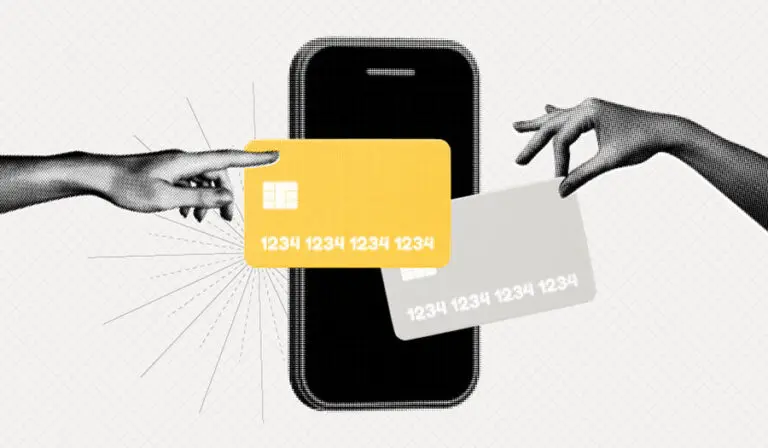If half of the battle of digital marketing for e-commerce is achieving conversions, the other half is translating the momentum of a successful conversion into repeat and ongoing purchases by the same user. A single conversion is a wonderful thing, but a strong online brand will nurture a lifelong relationship with each user – one that’s replete with repeat purchases and results in the customer having a high lifetime value for the company. An average e-commerce company can expect to get around 43% of their revenue from repeat purchases, which is too big a slice of the pie to be ignored. So, let’s look at some of the inventive ways you too can maximise repeat purchases for your e-commerce store with calculated email marketing.
The ‘Lonely Cart’ (aka ‘Abandoned Cart’) email
This is an excellent avenue to follow if your website is prone to shoppers who can’t quite make it all the way to the checkout and into your revenue stream. They go through the decision-making process and add items to their cart, but for some reason they abandon it in a lonely aisle somewhere in cyber space. They could have received a phone call, been distracted by a butterfly while searching for their credit card, or the ads may have finished on the telly. Whatever the reason, the good news is that your e-commerce platform should tell you what’s in their cart and how long it has been sat there. All you need to do is set up your marketing automation platform to contact these distracted shoppers with a friendly email reminding them of what goodies lay dormant in their abandoned cart. If they’ve simply forgotten about their thwarted shopping trip, the reminder will be a welcome surprise in their inbox.
Abandoned carts are so common in fact that web research company, Baymard Institute released figures noting an average abandoned shopping cart rate of 69% across studies of 37 different companies. What do you think your rate is, and how much revenue do you think you’re missing out on?
Some companies like to sweeten the deal and lure the customer back to recover their cart with an added incentive like free shipping. Here’s a good example of an abandoned cart follow-up email that uses a discount code to motivate the user to return:

The ‘Related Products’ email and underutilised transactional emails
To encourage further interaction from your customers, post-sale, why not bait them with an email highlighting some snazzy products that are closely related to the one(s) they’ve just purchased. ‘If you liked X product, you may be interested in Y and Z products’ type of thing.
This type of repeat purchase email has a healthy upsell success rate because the products featured are determined by the one they’ve just purchased. For instance, if a customer purchases nail polish – offer nail polish remover, or a different shade of nail polish. If the user buys oil for their car, let me them know about your sweet selection of oil filters, oil filter wrenches and drain trays. Show them the possibilities of what will complement what.
The added beauty of related product emails is that you can choose when your customers receive them. If you want to strike while the iron is hot, incorporate the related products email content in your transactional order confirmation and receipt emails. According to Experian, these transactional emails have eight times higher open and click through rates than traditional bulk marketing emails, so the visibility of your related products will be very high. If you’d like to take a less forward approach, wait a week or two before jogging their memory about their purchase and show them how they might benefit from buying related products… ‘How are you finding your texturizing shears? You may like our scissor oil!’
Here’s an example from UK airline, easyJet. They include a cross sell to their car rental, travel insurance and airport transfer services in their ticket booking confirmation email:


The ‘Replenishment’ email.
Prime fodder for e-commerce companies that sell consumables is the replenishment email. This is absolute case-in-point repeat purchase digital marketing as it identifies and addresses the user’s needs before they do. An email is sent to the customer based on the date of their past purchase, offering them a helpful reminder and the opportunity to replenish their stock:

The ‘Regular Newsletter’ email, specifically tailored to the user’s perceived needs
A common way to keep customers informed and encourage repeat purchases is with a regular email newsletter. These emails are a chance to introduce new lines and steer users in the direction of your engaging content that will endorse your brand’s offering.
Taken a step further, they can also be used to pinpoint and sell to specific demographics through segmentation of your data, as Rip Curl have done with the newsletter featuring womenswear below, which they send to their female audience:

The letter of the law
Remember that if you market your wares to a European state you’ll need to be sensitive to the new General Data Protection Regulation (GDPR) in all your repeat purchase email endeavours. You can find out more about GDPR here.
If you’d appreciate some creative input to help you get stuck in to the world of repeat purchase emails, feel free to drop us a line. We’d love to hear from you.
